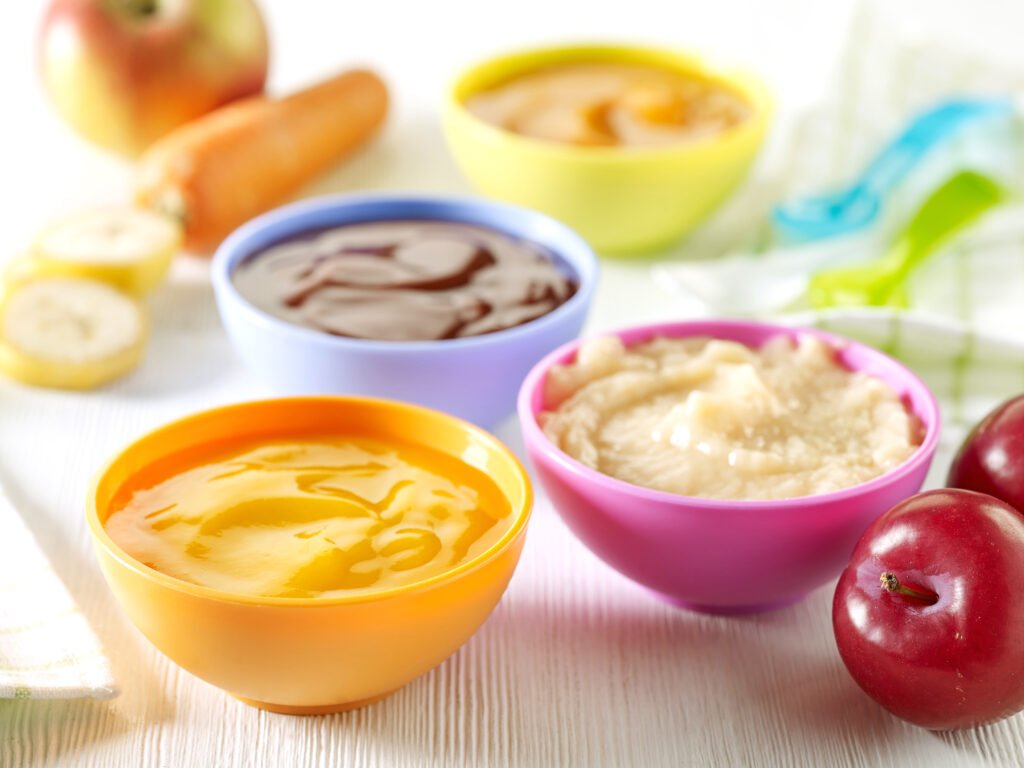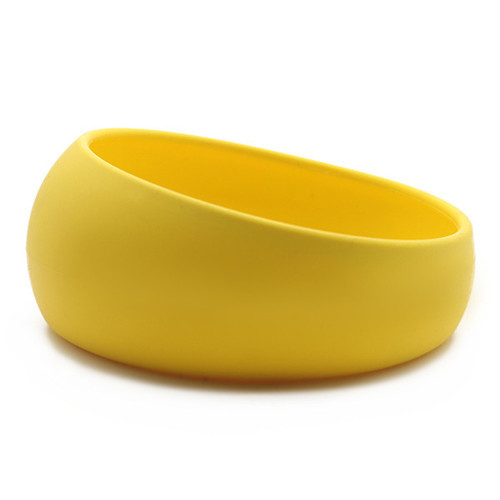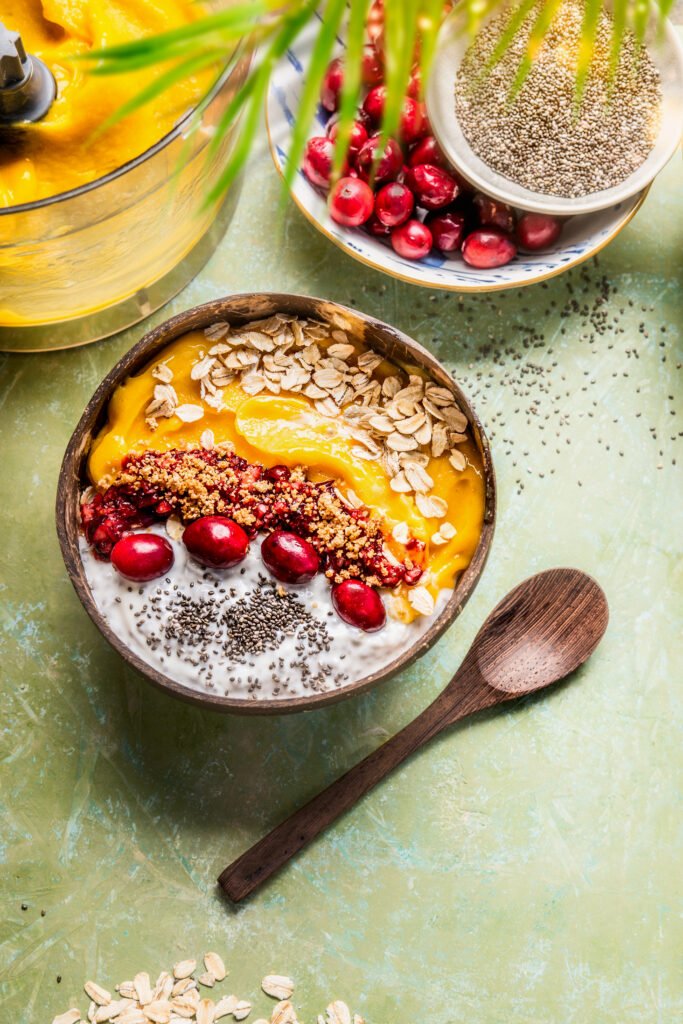This article briefly compares a few common bowls to help you make your choice. Special materials such as paper, cereal and bone china bowls are not included in the comparison. We will be comparing.
Ceramic bowls, glass bowls, plastic bowls, silicone bowls, metal bowls, coconut bowls
Aspects to be compared: usage scenarios, practicality, quality, safety
Glass/ceramic bowls
Safety.
The difference between porcelain and glass bowls is that porcelain bowls are fired with clay and have a toughened component. Glass bowls are fired from raw materials such as limestone and undergo intense temperature changes and shape changes during the forming process, and this change leaves thermal stresses in the glass. This thermal stress reduces the strength and thermal stability of the glass product.
Practicality
Fragile and requires care and protection
High thermal conductivity
Not easily portable, suitable for domestic use
Added value: ceramic bowls have artistic and collectible value.
There are also a kind of glass bowl also named crystal singing bowl for sound healing.

Plastic bowls
Safety.
Polypropylene (PP) has a good heat resistance and products can be sterilized at temperatures above 100°C. It is not deformed at 150°C even when not subjected to external forces. The chemical stability of polypropylene is very good, except for concentrated sulphuric acid, concentrated nitric acid erosion, to a variety of other chemical reagents are relatively stable.
As the maximum temperature of PP material is around 130 ℃, so it can not be used to hold the oil temperature is too high or too much oily food, into the microwave oven do not add a lid, to maintain good breathability, to avoid the temperature is too high.
In addition, nowadays, much plastic tableware will have lead, cadmium, and other metal elements in the surface pattern, and the pattern is coated with a protective film to, but once this film is scratched, harmful substances will be easily released. Therefore, it is better to try to choose plastic tableware without decorative patterns, colorless and odorless, with a clean surface and a firm feel. The brighter the color, the more metal elements such as lead and cadmium may be contained.
Practicality
Needs to be washed with neutral detergent and warm water, cannot be disinfected at high temperatures.
Poorly insulated and not heat resistant
Easy to carry
Not very hard

Metal bowls (stainless steel and gold, silver)
Safety.
According to the National Food Safety Standard for Stainless Steel Products, food-grade 304 is one of the best stainless steel materials in accordance with GB9684 and is the preferred material for manufacturing stainless steel food containers.
304 stainless steel has excellent stainless corrosion resistance and good resistance to intergranular corrosion also has good corrosion resistance to alkali solutions and most organic and inorganic acids. General pharmaceutical, food, and other industries, direct contact with drugs and food equipment, the provisions of the external surface must be 304 stainless steel.
However, it is important to note that “304 stainless steel” is not the same as “food-grade stainless steel”, and requires special treatment to become “food-grade 304 stainless steel”. Food-grade 304 stainless steel, toxic and harmful elements are more strictly controlled, physical and chemical indicators mainly detect lead, chromium, nickel, cadmium, arsenic and other elements harmful to humans, while non-food-grade stainless steel is mainly detected phosphorus, sulfur, silicon and other elements that have an impact on corrosion resistance. Food-grade stainless steel requires a fine and beautiful appearance, and the surface needs to be polished.
Practicality.
Easy to clean
Easily conducts heat and becomes hot
Overall weight is slightly heavier in comparison and takes up slightly more space.
Additional value: Gold and silver bowls have collectible and historical value.

Silicone Bowl
Safety.
Silicone is a safer material now, environmentally friendly and non-toxic; increasingly popular in recent years, silicone is generally used for entrance products, which are made of liquid silicone, compared to solid silicone, which is safer and reaches food grade, such as pacifiers and toothpaste.
Silicone products are resistant to acids and alkalis and are not easily deformed; the material is soft and will not cause accidental harm to your baby.
Silicone bowls are well insulated, not easy to burn, can be heated in the microwave, can be sterilized by boiling at high temperatures and will not decompose harmful substances, and can also be stored in the fridge.
Practicality.
Because they can be folded, they are very easy to carry around on the go.
However, the disadvantage also comes from being foldable: if the rim is accidentally folded when the bowl is full of food or soup, the contents can easily spill out.
The silicone is highly stain-resistant, so it is easier to clean.
More suitable as a snack bowl for solid snacks and not too full.

Coconut Bowl
Safety.
All natural coconut shells, coconuts are a familiar food, commonly found in South East Asia and loved by people everywhere. Bowls made from coconut shells are not processed by any chemical method, purely hand or machine physically polished and processed, so just focus on the material of the coconut bowl. Coconut shells are the endocarp of the coconut in the palm family, coconut shells contain 0.61% ash, 36.51% lignin, 53.06% cellulose and 29.27% pentosan (total).
Practicalities.
Hardness, lightweight
Not heatable
Average thermal conductivity
Easy to clean and carry
Additional value.
Coconut bowls have retro art and at the same time contribute to environmental protection.

So, it is recommended to choose the right product for your needs and use scenarios, and try a variety of different materials to add more fun to your life.
If you want to learn more about coconut products, keep an eye on this blog and I will update it with a weekly piece.

